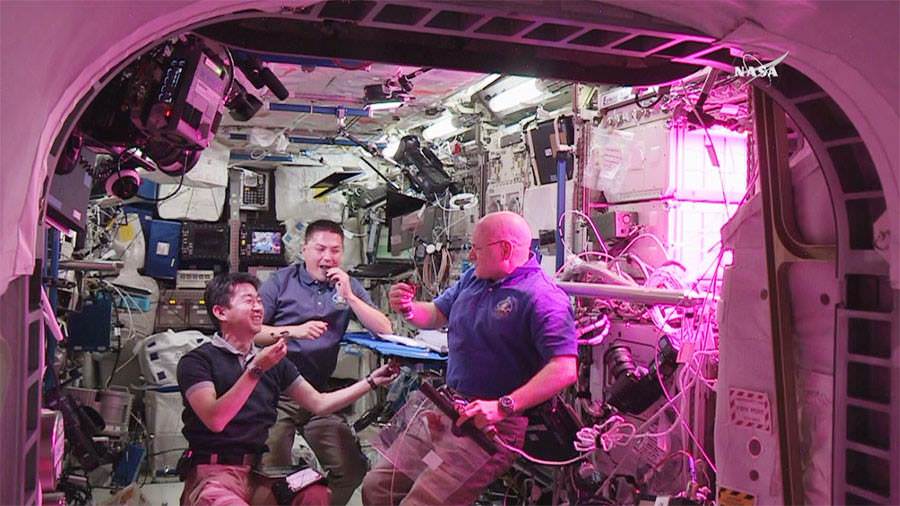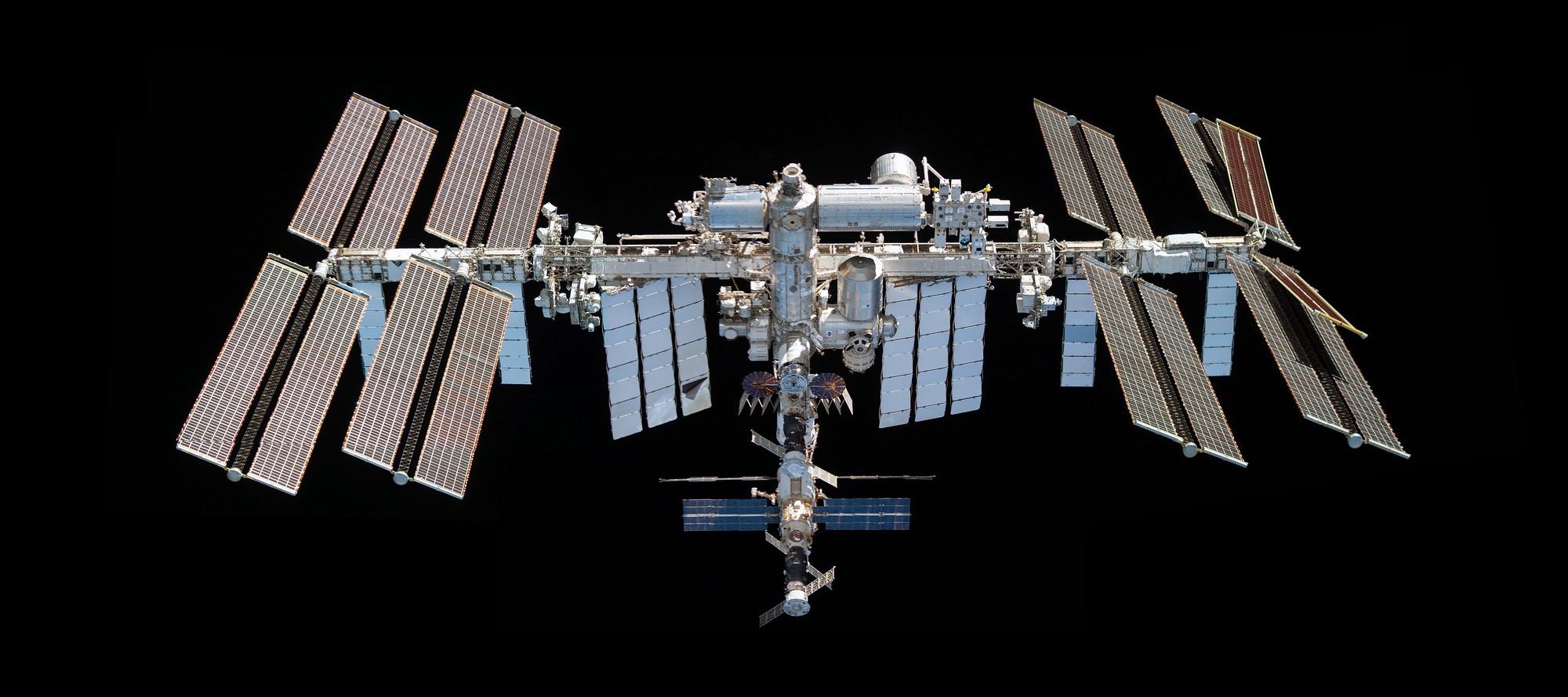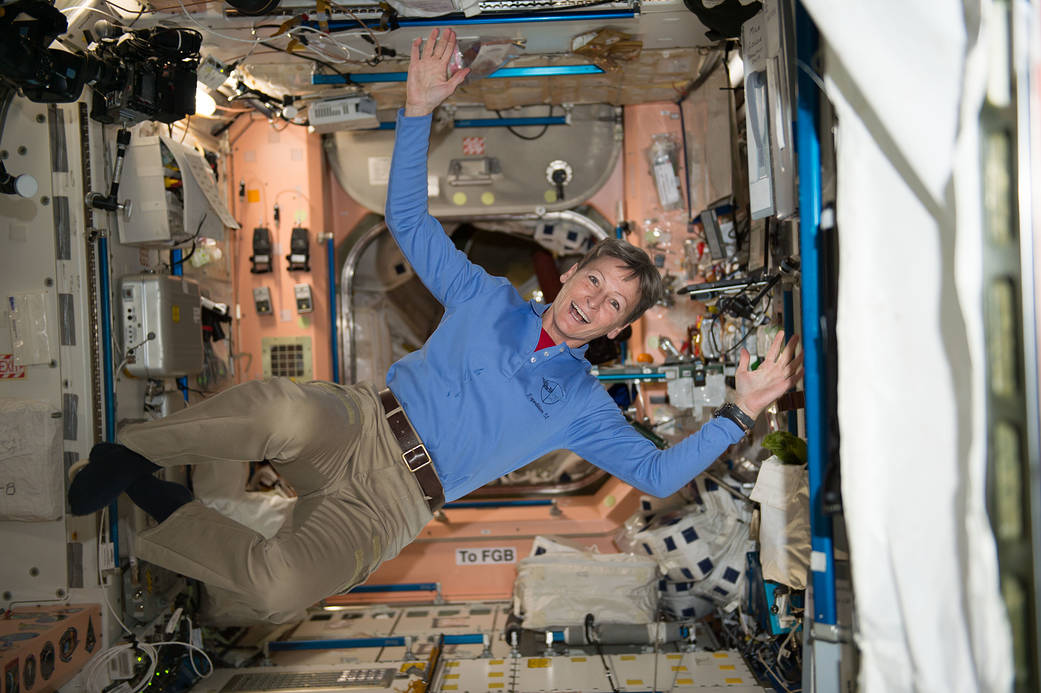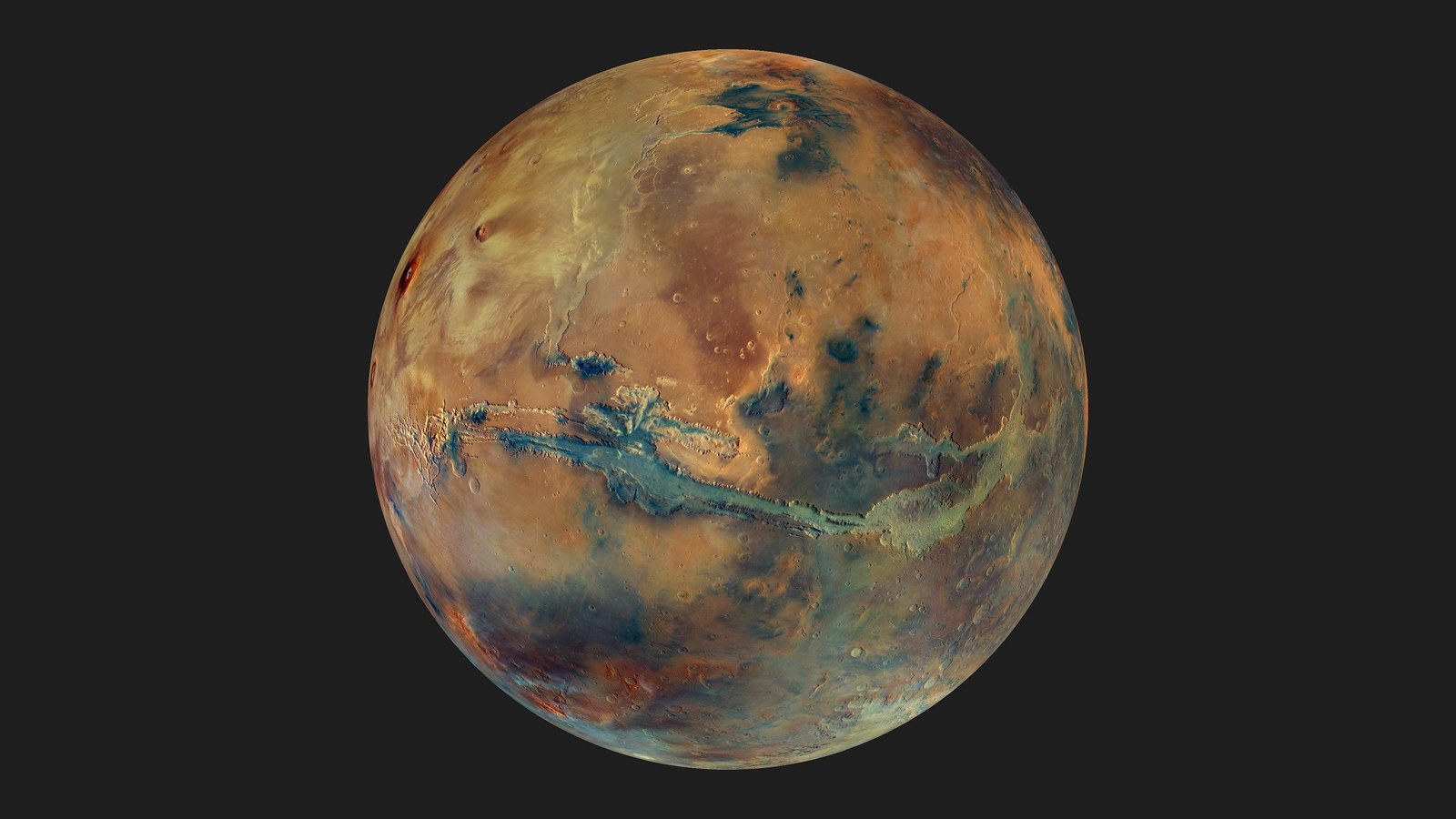Exploring the Moon poses significant risks, with its extreme environment and hazardous terrain presenting numerous challenges. In the event of a major accident, assistance might take days or even weeks to arrive. To address this, Australian researchers have created a distress alert system based upon the COSPAS-SARSAT technology used for Earth-based search and rescue operations. It relies on low-power emergency beacons that astronauts could activate with minimal setup and use a planned lunar satellite network for communication and rescue coordination.
Continue reading “How Could Astronauts Call for Help from the Moon?”Artemis V Astronauts Will be Driving on the Moon

In the summer of ’69, Apollo 11 delivered humans to the surface of the Moon for the first time. Neil Armstrong and Buzz Aldrin spent just over two hours exploring the area near their landing site on foot. Only during Apollo 15, 16, and 17 did astronauts have a vehicle to move around in.
Artemis astronauts on the Moon will have access to a vehicle right away, and NASA is starting to test a prototype.
Continue reading “Artemis V Astronauts Will be Driving on the Moon”Add Astronaut Nutrition to the List of Barriers to Long-Duration Spaceflight

Though there are no firm plans for a crewed mission to Mars, we all know one’s coming. Astronauts routinely spend months at a time on the ISS, and we’ve learned a lot about the hazards astronauts face on long missions. However, Mars missions can take years, which presents a whole host of problems, including astronaut nutrition.
Nutrition can help astronauts manage spaceflight risks in the ISS, but long-duration missions to Mars are different. There can be no resupply.
Continue reading “Add Astronaut Nutrition to the List of Barriers to Long-Duration Spaceflight”The Artemis Astronauts are Getting New Spacesuits With Some Help From Prada

The Artemis program involves impressive technological advancements in robotics, communications, spacecraft, and advanced habitats, all of which are clearly necessary for such an ambitious endeavour. But the mission also requires updated spacesuits. Those spacesuits are critical to mission success, and the Italian luxury fashion house Prada is adding their knowledge and experience to the design.
Continue reading “The Artemis Astronauts are Getting New Spacesuits With Some Help From Prada”Archaeological Methods Reveal How Astronauts Work on the International Space Station

Archaeology is the study of human prehistory, so it seems incongruous to use its methods to study how humans behave in space. But that’s what astronauts aboard the International Space Station are doing.
Continue reading “Archaeological Methods Reveal How Astronauts Work on the International Space Station”How Can Astronauts Avoid Vision Loss from Spaceflight?

Human bodies are sacks of fluids supported by skeletons. The entire human organism has evolved over billions of years on Earth in harmony with the planet’s specific gravity. But when astronauts spend too much time on the ISS in a microgravity environment, the organism responds, the fluids shift, and problems can occur.
One of those problems is with vision, and scientists are working to understand how it happens and what they can do about it.
Continue reading “How Can Astronauts Avoid Vision Loss from Spaceflight?”Astronauts’ Muscle Loss Mimics Age-Related Muscle Loss

One of the hazards astronauts must contend with is muscle loss. The more time they spend in a microgravity environment, the more muscle loss they suffer. Astronauts use exercise to counter the effects of muscle atrophy, but it’s not a perfect solution. Researchers want to develop drugs to help, and understanding the muscle-loss process in space is a critical first step.
Continue reading “Astronauts’ Muscle Loss Mimics Age-Related Muscle Loss”The Shelf Life of Many Medications Is Shorter Than A Round Trip To Mars

Check any container of over-the-counter medicine, and you’ll see its expiration date. Prescription medicines have similar lifetimes, and we’re told to discard old medications rather than hold on to them. Most of them lose their effectiveness over time, and some can even become toxic. We’re discouraged from disposing of them in our wastewater because they can find their way into other organisms, sometimes with deleterious effects.
We can replace them relatively easily on Earth, but not on a space mission beyond Low Earth Orbit.
Continue reading “The Shelf Life of Many Medications Is Shorter Than A Round Trip To Mars”The Most Dangerous Part of a Space Mission is Fire

Astronauts face multiple risks during space flight, such as microgravity and radiation exposure. Microgravity can decrease bone density, and radiation exposure is a carcinogen. However, those are chronic effects.
The biggest risk to astronauts is fire since escape would be difficult on a long mission to Mars or elsewhere beyond Low Earth Orbit. Scientists are researching how fire behaves on spacecraft so astronauts can be protected.
Continue reading “The Most Dangerous Part of a Space Mission is Fire”Astronauts Struggle To Eat Their Space Food and Scientists Want to Know Why

Astronauts sometimes struggle to consume enough nutritious food on the ISS because it tastes bland. But astronaut food is of high quality and designed to be palatable and to meet nutrition needs. What’s the problem?
Continue reading “Astronauts Struggle To Eat Their Space Food and Scientists Want to Know Why”
